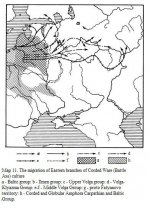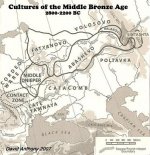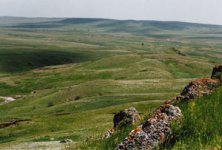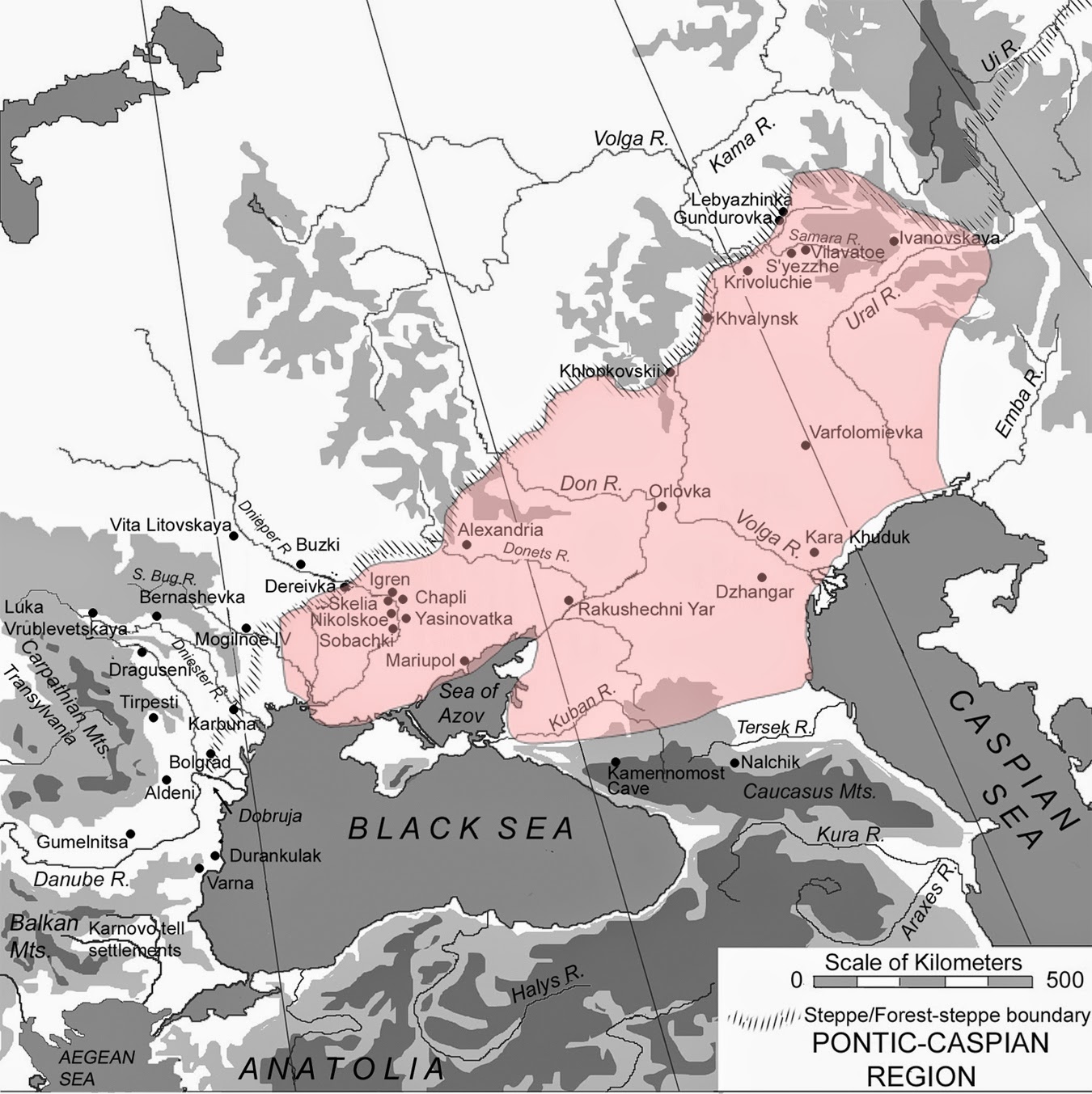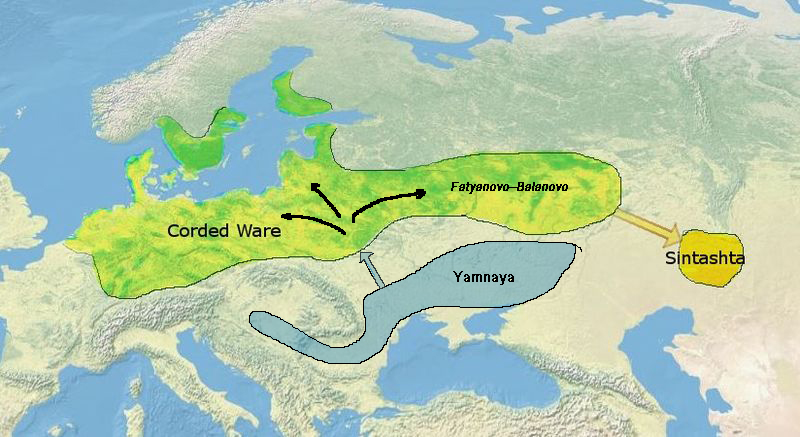Another fact/problem as to denounce the "tale" of Yamnaya as the source of IE is DNA. Authors of "Massive migration from the steppe is a source for Indo-European languages in Europe" state that CW people had around 4/5 of their aDNA from a Yamnaya-
like population, impliying a "population turnover". Ok, steppes are less peopled right? Let's deliver 1 milion Yamnayans there, let's suppoose that pre-CW (unhabiting 1/4 of Europe) was peopled by 10 milion people... and then CW get's 4/5 of Yamna genes, all right. The Bronze Age result of all it is that half of the DNA was from Yamnaya, but the unique way to get such relation is an event of plannified extermination or that Yamnayans had an extraordinary procreation rate. In fact as to get the half it would be necessary to exterminate 5000000 pre-CW (simple maths, sorry). If we apply procreation rates, it implies that from a milion Yamnayans we might get some 10 milion in few generations as to have such half. Quite extraordinary both events.
The tale reaches the maximal complexity after reading in "Population genomics of Bronze Age Eurasia" that:
The close affinity we observe between peoples of Corded Ware and
Sintashta cultures (Extended Data Fig. 2a) suggests similar genetic
sources of the two, which contrasts with previous hypotheses placing
the origin of Sintastha in Asia or the Middle East28. Although we
cannot formally test whether the Sintashta derives directly from an
eastward migration of Corded Ware peoples or if they share common
ancestry with an earlier steppe population, the presence of European
Neolithic farmer ancestry in both the Corded Ware and the Sintashta,
combined with the absence of Neolithic farmer ancestry in the earlier
Yamnaya, would suggest the former being more probable (Fig. 2b and
Extended Data Table 1).
...
The Andronovo culture, which arose
in Central Asia during the later Bronze Age (Fig. 1), is genetically
closely related to the Sintashta peoples (Extended Data Fig. 2c), and
clearly distinct from both Yamnaya and Afanasievo (Fig. 3b and
Extended Data Table 1). Therefore, Andronovo represents a temporal
and geographical extension of the Sintashta gene pool.
Both Sintashta and Andronovo have provided R1a Y-DNA results, and no R1b yet.


